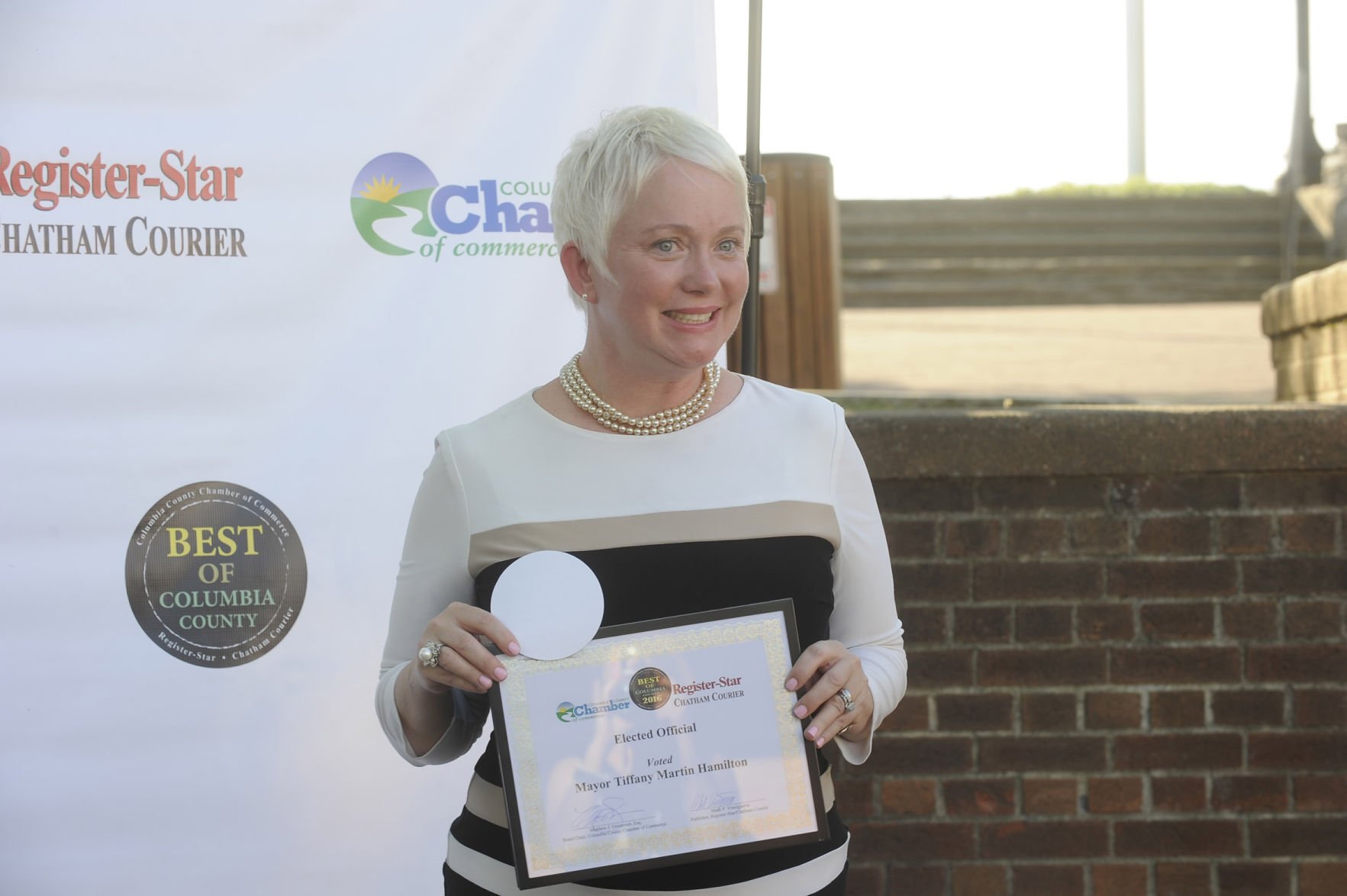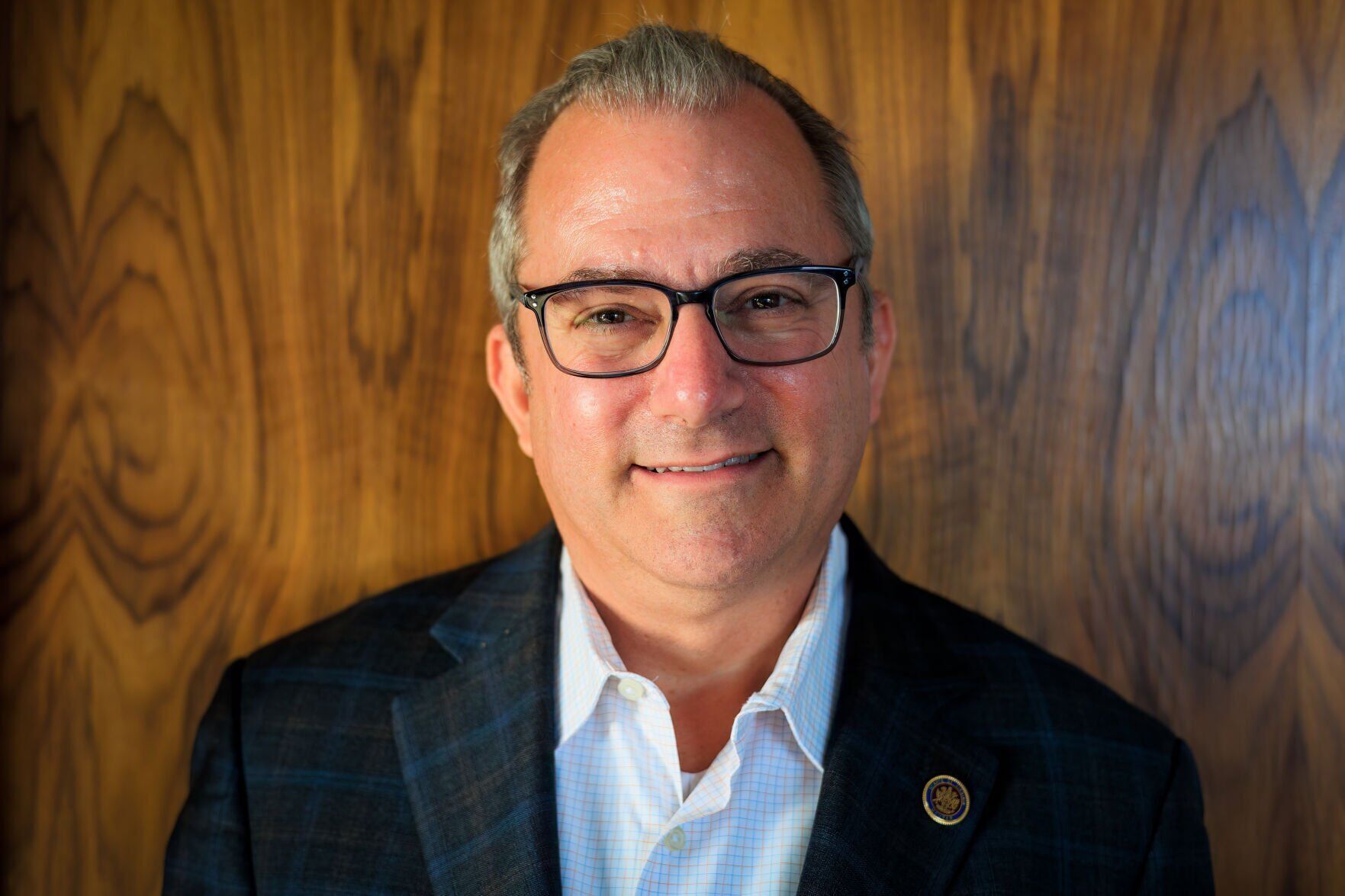Visitors were welcomed to Bethel’s renovated 1896 Dr. John Gehring House, now transformed by the Northern Forest Center into nine middle-income apartments across three levels.
Bethel’s Gehring House opened for tours
Key Takeaways:
- The Northern Forest Center renovated the 1896 Dr. John Gehring House.
- The Gehring House now offers nine middle-income apartments.
- Visitors were invited to tour the newly renovated property.
- The project repurposes a historic landmark for modern housing needs.
- The Gehring House holds historical significance in Bethel.
A Landmark Transformed
Visitors recently explored the Northern Forest Center’s renovated 1896 Dr. John Gehring House in Bethel, witnessing firsthand how a piece of the town’s heritage has been repurposed into modern living spaces.
Reviving the 1896 Dr. John Gehring House
Built in 1896, the Gehring House has long stood as a testament to Bethel’s rich history. Originally the residence of Dr. John Gehring, the home has been a landmark in the community for well over a century.
The Northern Forest Center’s Vision
The renovation, spearheaded by the Northern Forest Center, reflects a commitment to preserving historic structures while meeting contemporary needs. The organization transformed the once-private residence into nine middle-income apartments, thoughtfully distributed across three levels.
Opening Doors to the Community
To celebrate the completion of the project, the Northern Forest Center opened the doors of the Gehring House to visitors. Community members were invited to tour the apartments, offering a glimpse into how the historic architecture has been maintained alongside modern amenities.
Addressing Housing Needs
By converting the Gehring House into middle-income housing, the project addresses a vital need within the Bethel community. The new apartments provide affordable options for residents, all while preserving the character and history of the building.
Preserving History for the Future
The successful renovation of the Gehring House serves as an example of how historic landmarks can find new life and purpose. It stands as a model for combining preservation with progress, ensuring that the stories and structures of the past continue to enrich the community.











